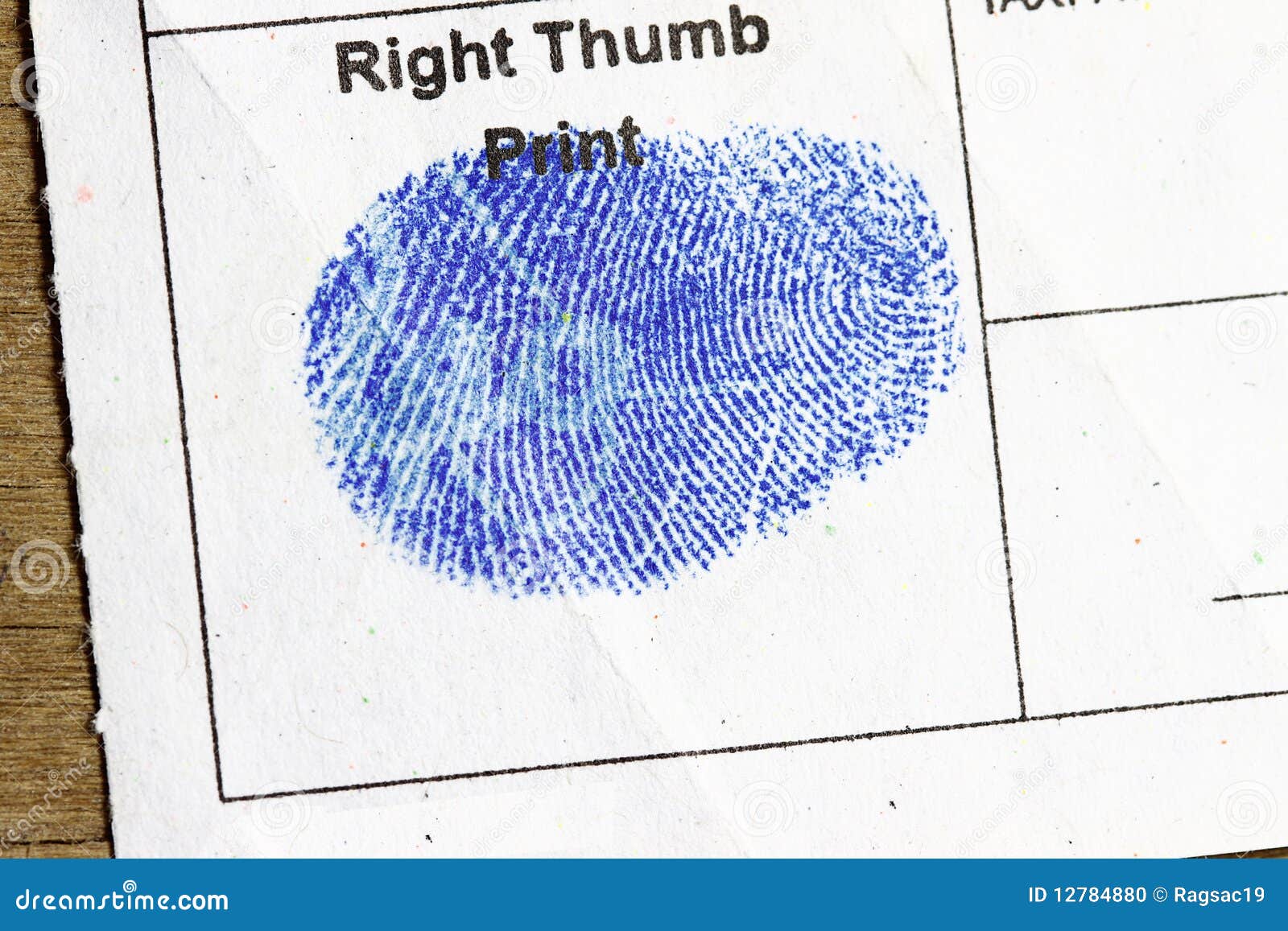Have you ever wondered whether the thumb is considered a finger or a joint? This question might seem simple, but it delves into the fascinating world of human anatomy and biology. The thumb plays a crucial role in our daily lives, enabling us to perform intricate tasks like gripping, writing, and even using smartphones. Understanding whether it is classified as a finger or a joint can help us appreciate its uniqueness and functionality better.
From an anatomical perspective, the thumb is an essential part of the hand, and its structure sets it apart from the other digits. While many people casually refer to it as a "finger," its distinct characteristics make it worthy of closer examination. In this article, we will explore the anatomy, functionality, and evolutionary significance of the thumb to answer this intriguing question.
By the end of this article, you will have a comprehensive understanding of why the thumb is both similar to and different from the other fingers. We will also address common misconceptions and provide scientific evidence to support the discussion. Whether you are a student, a healthcare professional, or simply someone curious about the human body, this article will provide valuable insights into the thumb's role in our lives.
Read also:Heather Mcmahan Politics Understanding Her Influence And Advocacy
Table of Contents
Anatomy of the Thumb
The thumb is one of the five digits on the human hand, but its anatomy is distinct from the other four fingers. It consists of three primary components: the distal phalanx, the proximal phalanx, and the metacarpal bone. Unlike the fingers, which have three phalanges (proximal, middle, and distal), the thumb only has two phalanges, making it shorter and more robust.
Another key feature of the thumb is its unique joint structure. The thumb has two main joints: the carpometacarpal joint (where the metacarpal bone meets the wrist) and the interphalangeal joint (between the two phalanges). These joints allow the thumb to move in multiple directions, including rotation, which is essential for grasping and manipulating objects.
Comparison with Other Fingers
- Length: The thumb is shorter than the other fingers.
- Mobility: The thumb has a wider range of motion due to its saddle-shaped carpometacarpal joint.
- Strength: The thumb's muscles and tendons are stronger, allowing it to exert significant force.
Is the Thumb a Finger?
The classification of the thumb as a finger is a topic of debate. In everyday language, people often refer to the thumb as a finger, but anatomically, it is distinct. The term "finger" typically refers to the digits on the hand excluding the thumb. However, some anatomists and medical professionals consider the thumb a specialized type of finger due to its similar structure and function.
One argument for classifying the thumb as a finger is its role in hand function. Like the other fingers, the thumb is involved in grasping, pinching, and manipulating objects. However, its unique structure and mobility set it apart from the other digits. For example, the thumb's ability to oppose the other fingers (touching the fingertips) is a defining characteristic that enables fine motor skills.
Scientific Perspective
From a scientific standpoint, the thumb is often categorized as a digit rather than a finger. The term "digit" encompasses all five appendages of the hand, including the thumb. This broader classification acknowledges the thumb's unique features while still grouping it with the other fingers under the same anatomical category.
The Thumb as a Joint
While the thumb is primarily known as a digit, its joint structure is equally important. The thumb's joints allow it to perform a wide range of movements, making it a critical component of hand functionality. The carpometacarpal joint, in particular, is responsible for the thumb's opposability, which is a key evolutionary advantage for humans.
Read also:How Much Does Bill Belichick Weigh Unveiling The Facts About The Legendary Coach
The thumb's joints are supported by ligaments, tendons, and muscles that work together to facilitate movement. The abductor pollicis brevis, flexor pollicis brevis, and opponens pollicis are some of the muscles that contribute to the thumb's mobility. These muscles are innervated by the median nerve, which is crucial for thumb function.
Types of Thumb Movements
- Flexion: Bending the thumb toward the palm.
- Extension: Straightening the thumb away from the palm.
- Abduction: Moving the thumb away from the palm in a sideways motion.
- Adduction: Bringing the thumb back toward the palm.
- Opposition: Touching the thumb to the fingertips.
Evolutionary Significance of the Thumb
The thumb's opposability is one of the most significant evolutionary adaptations in humans. This feature allows us to perform precise tasks, such as using tools, writing, and creating art. The opposable thumb is believed to have played a crucial role in the development of human intelligence and civilization.
Compared to other primates, the human thumb is proportionally longer and more flexible. This anatomical advantage has enabled humans to manipulate objects with greater dexterity, giving us an edge in survival and innovation. Fossil evidence suggests that the opposable thumb evolved over millions of years, with early hominins like Australopithecus showing signs of thumb specialization.
Comparison with Other Primates
While many primates have opposable thumbs, the human thumb is unique in its precision grip. For example, chimpanzees and gorillas can grasp objects, but their thumbs are shorter and less flexible, limiting their ability to perform fine motor tasks. This distinction highlights the evolutionary significance of the human thumb in shaping our species' capabilities.
Functional Importance of the Thumb
The thumb's functionality extends beyond basic grasping and manipulation. It is integral to activities of daily living (ADLs), such as eating, dressing, and using tools. Without a functional thumb, even simple tasks can become challenging, underscoring its importance in our lives.
In medical terms, the thumb accounts for approximately 40% of hand function. This statistic highlights its critical role in hand dexterity and overall mobility. Conditions that affect the thumb, such as arthritis or nerve damage, can significantly impact a person's quality of life.
Thumb Involvement in Daily Activities
- Writing: The thumb stabilizes the pen or pencil.
- Cooking: The thumb helps grip utensils and ingredients.
- Technology Use: The thumb is essential for typing and swiping on smartphones.
Common Misconceptions About the Thumb
Despite its importance, there are several misconceptions about the thumb. One common myth is that the thumb is just another finger with no unique features. As discussed earlier, the thumb's structure and function set it apart from the other digits.
Another misconception is that the thumb's opposability is unique to humans. While humans have the most advanced opposable thumb, other primates and some marsupials also possess this feature to varying degrees. However, the human thumb's precision and flexibility remain unmatched in the animal kingdom.
Debunking Myths
By understanding the thumb's anatomy and evolutionary significance, we can dispel these myths and appreciate its true value. Educating ourselves about the thumb's unique characteristics can also help us better understand its role in health and disease.
Thumb-Related Conditions and Injuries
Like other parts of the body, the thumb is susceptible to injuries and medical conditions. Some common thumb-related issues include arthritis, tendonitis, and fractures. These conditions can impair thumb function and significantly affect a person's ability to perform daily tasks.
Arthritis, particularly osteoarthritis, is a prevalent condition affecting the thumb's joints. It causes pain, stiffness, and reduced mobility, making it difficult to grasp objects. Tendonitis, on the other hand, involves inflammation of the thumb's tendons, often due to repetitive strain. Fractures of the thumb bones can occur from falls or direct trauma, requiring medical intervention for proper healing.
Treatment Options
- Physical Therapy: Exercises to improve strength and flexibility.
- Medications: Anti-inflammatory drugs to reduce pain and swelling.
- Surgery: In severe cases, surgical intervention may be necessary.
Scientific Studies on the Thumb
Over the years, numerous scientific studies have explored the thumb's anatomy, function, and evolutionary significance. These studies provide valuable insights into how the thumb contributes to human capabilities and how it has evolved over time.
One notable study published in the journal Nature examined the fossilized hands of early hominins to trace the evolution of the opposable thumb. The researchers found that the thumb's unique features began to emerge around 2 million years ago, coinciding with the development of tool use in early humans.
Key Findings
- Thumb Evolution: The opposable thumb evolved alongside tool use.
- Functional Adaptations: The thumb's structure supports precision grip.
- Clinical Implications: Understanding thumb anatomy aids in treating injuries.
Practical Applications of Thumb Anatomy
The study of thumb anatomy has practical applications in various fields, including medicine, robotics, and ergonomics. In medicine, understanding thumb function helps in diagnosing and treating hand-related conditions. Surgeons and physical therapists rely on this knowledge to develop effective treatment plans for patients.
In robotics, the thumb's opposability and dexterity serve as inspiration for designing robotic hands capable of performing complex tasks. Engineers aim to replicate the thumb's functionality to create robots that can manipulate objects with precision, similar to humans.
Applications in Ergonomics
Ergonomics also benefits from thumb anatomy research. Designers use this knowledge to create tools, devices, and interfaces that are user-friendly and minimize strain on the thumb. For example, smartphone manufacturers design touchscreens with thumb accessibility in mind, ensuring ease of use for users.
Conclusion
In conclusion, the thumb is a remarkable digit that plays a vital role in human anatomy and functionality. While it shares similarities with the other fingers, its unique structure and mobility set it apart. The thumb's opposability is a defining characteristic that has contributed to human evolution and civilization.
We have explored the anatomy, functionality, and evolutionary significance of the thumb, addressing common misconceptions and highlighting its importance in daily life. Whether you are a student, a healthcare professional, or simply someone curious about the human body, understanding the thumb's role can deepen your appreciation for its complexity.
We encourage you to share your thoughts on this topic in the comments section below. If you found this article informative, please consider sharing it with others or exploring more content on our website. Together, let's continue to learn and appreciate the wonders of the human body!

